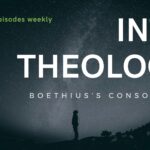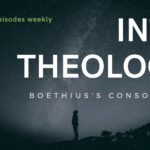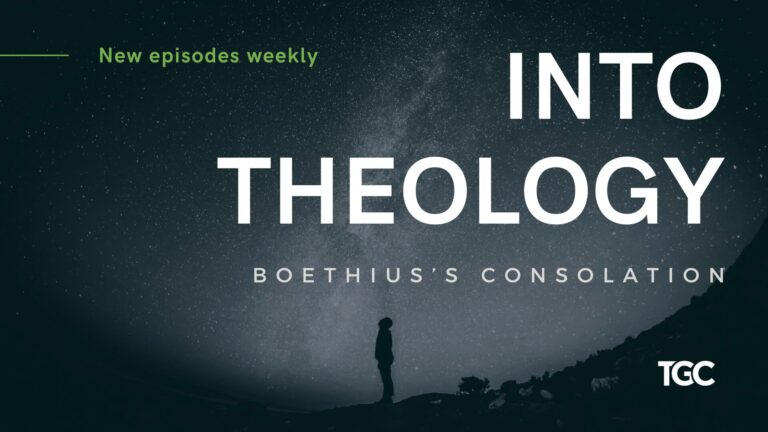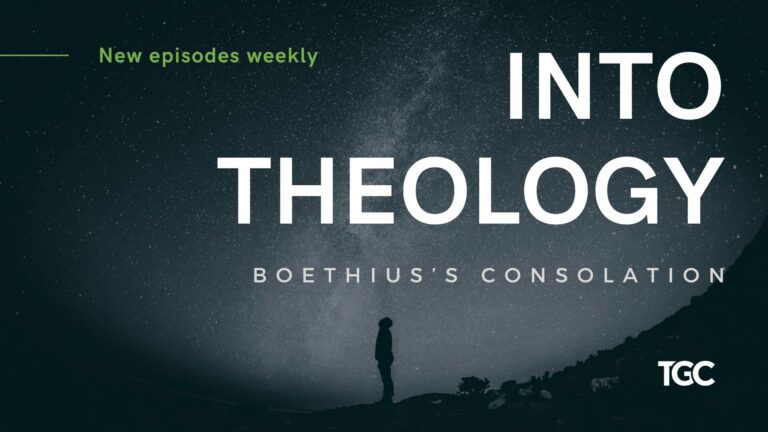Matthew writes that “from David to the deportation to Babylon” there were “fourteen generations” (Matt 1:17). Yet First Chronicles lists seventeen generations between David and the deportation (1 Chron 3:10–15). Was Matthew wrong?
Three generations removed
Before answering that question, we should define what the problem is (or appears to be). In his genealogy, Matthew skips the three offspring that follow Joram (Ahaziah, Joash, and Amaziah; 1 Chron 3:11–12). The Gospel writer simply says: “Joram fathered Uzziah” (Matt 1:8). Uzziah is another name for Azariah, the fourth generation from Joram (1 Chron 3:12; 2 Kgs 15:30).
Matthew skips three names then. One option could simply be that Matthew wanted to create a balanced genealogy as he lists three sets of names, each with fourteen names in them. As Matthew records, “So all the generations from Abraham to David were fourteen generations, and from David to the deportation to Babylon fourteen generations, and from the deportation to Babylon to the Christ fourteen generations” (Matt 1:17).
While possible and perhaps part of the answer, there is another plausible explanation that the Old Testament itself offers.
Ahab’s four-generations
Christians have consistently recognized this three name gap in Matthew’s genealogy. Yet the gap has not caused great problems for Christian interpreters. Hilary of Poitiers (310–368 AD), in particular, discovers rich insight into why Matthew omits the names. Hilary explains:
“It was done in this way because Joram begot Ahaziah from a pagan woman, that is, from the household of Ahab, and it was declared by the prophet that not until the fourth generation would anyone from the household of Ahab sit on the throne of the kingdom of Israel” (Comm. Matt., 1.2)
He is right. Joram married a daughter of Ahab (“the daughter of Ahab was his wife,” 2 Kgs 8:18). We learn later that her name was “Athaliah” (2 Kgs 8:26). Now, Scripture tells us that Ahab’s line was cut off from reigning for four generations, and Jehu’s sons would instead rule over Israel (2 Kgs 10:30; cf. 2 Kgs 10:35; 13:1, 10; 14:23; 15:8).
It turns out that the offspring of Ahab would also not reign in Judah! If Athaliah represents the first generation of Ahab, then the next three offspring from her would be: Ahaziah, Joash, and Amaziah. Amaziah would be the fourth generation. These are the exact three people that Matthew omits from his genealogy.
Hilary explains, “By removing the disgrace of a pagan family and bypassing its ancestry, the royal origin of those to follow in the fourth generation is then counted” (Comm. Matt., 1.2). Interestingly, Hilary does not seem to count Ahab’s daughter as the first of four generations. He should, however, to make a more coherent case for his own position! In any case, by skipping the three names, Matthew ingeniously signals the royal birth of Jesus. The four generations of evil Ahab find no mention.
And as others have noticed, this pattern follows from God’s self-revelation. As he says, he will visit the “iniquity of the fathers on the children to the third and the fourth generation of those who hate me” (Exod 20:5).
Conclusion
Sometimes Scripture presents a problem to us like the three skipped names in Matthew’s genealogy. Yet such challenges often lead to a deeper appreciation of Scriptural revelation. In this case, I think that is true. Matthew skillfully organizes the royal genealogy of king Jesus with three sets of fourteen names (Matt 1:17). And he does so by omitting three names that should be omitted from the genealogy of Christ due to their relationship with Ahab.












